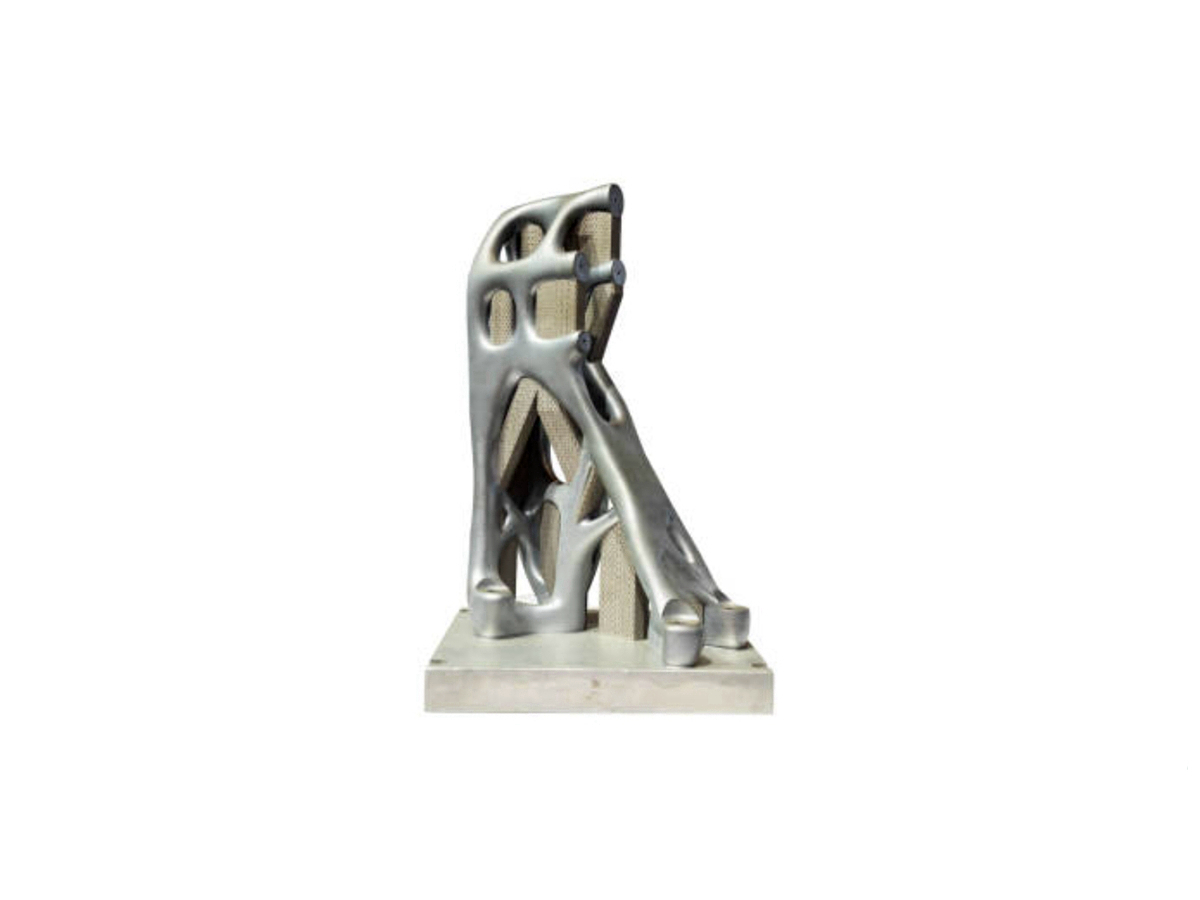Carbon Steel 3D Printing Prototyping: Achieving Strength and Durability in Custom Parts
Introduction
Carbon steel is renowned for its excellent mechanical strength, durability, and cost-effectiveness, making it an ideal candidate for prototyping robust and highly functional custom parts through 3D printing. Industries such as automotive, agricultural machinery, and industrial equipment increasingly utilize advanced processes like Binder Jetting and Powder Bed Fusion, allowing designers to rapidly produce intricate prototypes with high accuracy (±0.1 mm).
Utilizing specialized carbon steel 3D printing, engineers can significantly accelerate prototyping phases, producing complex geometries with excellent structural integrity and durability for demanding applications.
Carbon Steel Material Properties
Material Performance Comparison Table
Carbon Steel Grade | Tensile Strength (MPa) | Yield Strength (MPa) | Density (g/cm³) | Hardness (HRC) | Applications | Advantages |
|---|---|---|---|---|---|---|
440 | 370 | 7.87 | 15-20 | General machinery, gears | Excellent machinability, weldability | |
620 | 530 | 7.85 | 20-30 | Structural components, shafts | High strength, good wear resistance | |
1000 | 850 | 7.85 | 30-40 | Heavy-duty gears, automotive parts | Superior strength, toughness | |
400-550 | 250 | 7.85 | ≤20 | Frames, brackets, support structures | Versatile, cost-effective, weldable |
Material Selection Strategy
Selecting appropriate carbon steel for 3D printed prototypes involves evaluating mechanical strength, hardness, and end-use requirements:
1018 Steel: Best for general-purpose parts requiring excellent machinability and weldability; ideal for prototype gears or fittings that need moderate strength (yield strength 370 MPa).
1045 Steel: Suitable for structural components demanding higher strength (620 MPa tensile) and moderate hardness (up to HRC 30), commonly used for shafts and automotive prototypes.
4140 Steel: Ideal for heavy-duty prototypes with high mechanical strength (tensile 1000 MPa) and toughness, frequently utilized in automotive and machinery prototypes.
A36 Steel: Cost-effective choice for prototypes requiring ease of fabrication and moderate structural integrity, suitable for brackets and frame components.
3D Printing Processes for Carbon Steel Prototypes
3D Printing Process Comparison
3D Printing Process | Accuracy (mm) | Surface Finish (Ra µm) | Typical Uses | Advantages |
|---|---|---|---|---|
±0.2 | 8-20 | Mechanical prototypes, tooling inserts | Rapid production, cost efficiency | |
±0.1 | 5-15 | High-strength functional prototypes, precision components | Excellent detail resolution, density ≥99% | |
±0.25 | 10-30 | Repair, large structural prototypes | Fast deposition (up to 6 kg/hr), multi-material capability |
3D Printing Process Selection Strategy
Choosing the most suitable additive manufacturing technique involves analyzing accuracy requirements, complexity, and part function:
Binder Jetting (ISO/ASTM 52900): Ideal for rapid prototyping and tooling, offering moderate accuracy (±0.2 mm) and cost-effectiveness for general mechanical prototypes.
Powder Bed Fusion (ISO/ASTM 52911-1): Best for highly accurate prototypes (±0.1 mm) requiring high-density steel components (≥99%), ideal for demanding structural and functional testing.
Directed Energy Deposition (ISO/ASTM 52926): Suitable for large-scale or heavy structural prototypes and repair applications requiring moderate precision (±0.25 mm) and rapid material deposition.
Surface Treatments for Carbon Steel Prototypes
Surface Treatment Comparison
Treatment Method | Surface Roughness (Ra µm) | Corrosion Resistance | Max Temp (°C) | Applications | Key Features |
|---|---|---|---|---|---|
0.8-2.0 | Good (MIL-DTL-13924) | 200 | Machinery, automotive prototypes | Enhanced corrosion resistance, aesthetic appeal | |
2.5-6.5 | Excellent (ISO 1461) | 250 | Outdoor structures, heavy machinery | Superior corrosion protection, robust coating | |
0.5-1.5 | Moderate (AMS 2759/10) | 500 | Wear-resistant components, gears | High surface hardness (up to HV 1100), improved wear resistance | |
1.0-3.0 | Excellent (ASTM D7803) | 200 | Automotive, machinery housings | Durable finish, resistant to abrasion and corrosion |
Surface Treatment Selection Strategy
Applying appropriate surface treatments enhances prototype performance, corrosion protection, and durability:
Black Oxide Coating: Suitable for indoor mechanical prototypes, providing moderate corrosion resistance and aesthetic enhancement.
Galvanizing: Ideal for prototypes exposed to harsh environments, offering superior corrosion protection (ISO 1461 standard) and durability.
Nitriding: Recommended for prototypes requiring significantly enhanced wear resistance and surface hardness (up to HV 1100), particularly for gears and high-wear applications.
Powder Coating: Best for prototypes needing robust corrosion and abrasion resistance, commonly utilized in automotive and machinery housings.
Typical Prototyping Methods
Carbon Steel 3D Printing: Rapidly produces high-density (≥99%) functional prototypes with complex geometries and accuracy (±0.1 mm).
CNC Machining Prototyping: Final refinement to precise dimensions (±0.005 mm) ensuring prototypes meet strict mechanical requirements.
Rapid Molding Prototyping: Efficiently generates prototype batches (±0.05 mm accuracy) for performance validation in real-world applications.
Quality Assurance Procedures
Dimensional Inspection (ISO 10360-2)
Material Density Verification (ASTM B962)
Mechanical Property Testing (ASTM E8, ASTM A370)
Surface Roughness Assessment (ISO 4287)
Corrosion Resistance Testing (ASTM B117)
ISO 9001 Quality Management Certification
Key Industry Applications
Automotive structural parts
Agricultural machinery components
Industrial tooling and fixtures
Heavy-duty gears and shafts
Related FAQs:
What makes carbon steel ideal for prototyping durable parts?
Which 3D printing process suits carbon steel prototypes best?
How do surface treatments enhance carbon steel prototypes?
What quality standards apply to carbon steel 3D printed parts?
Which industries commonly use carbon steel 3D printing prototyping?

